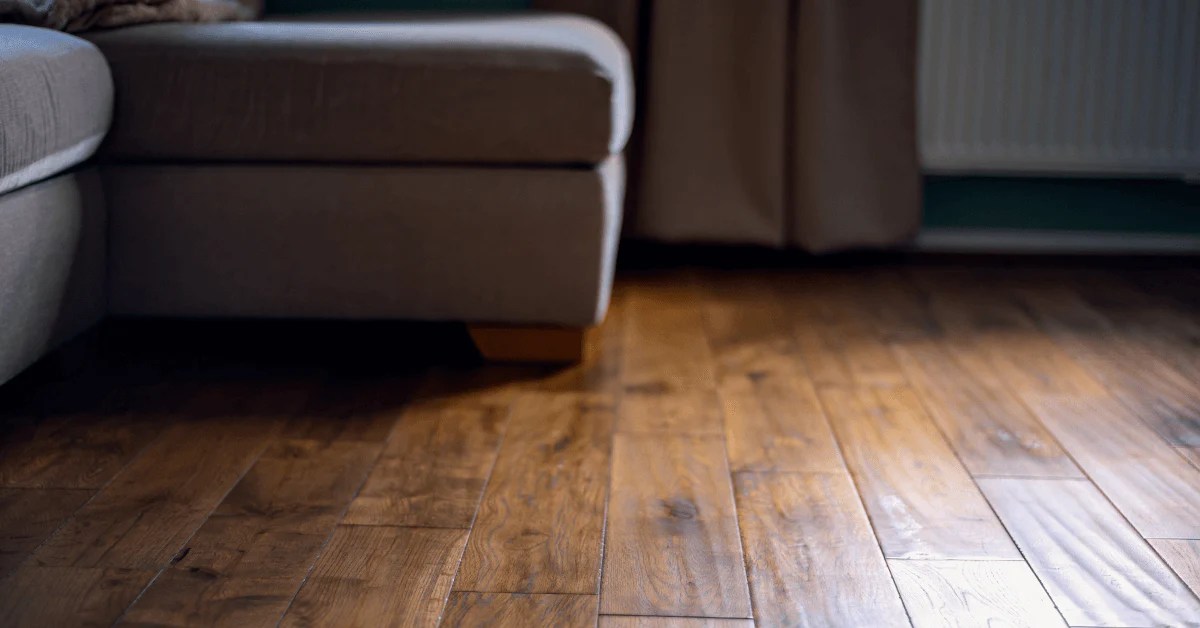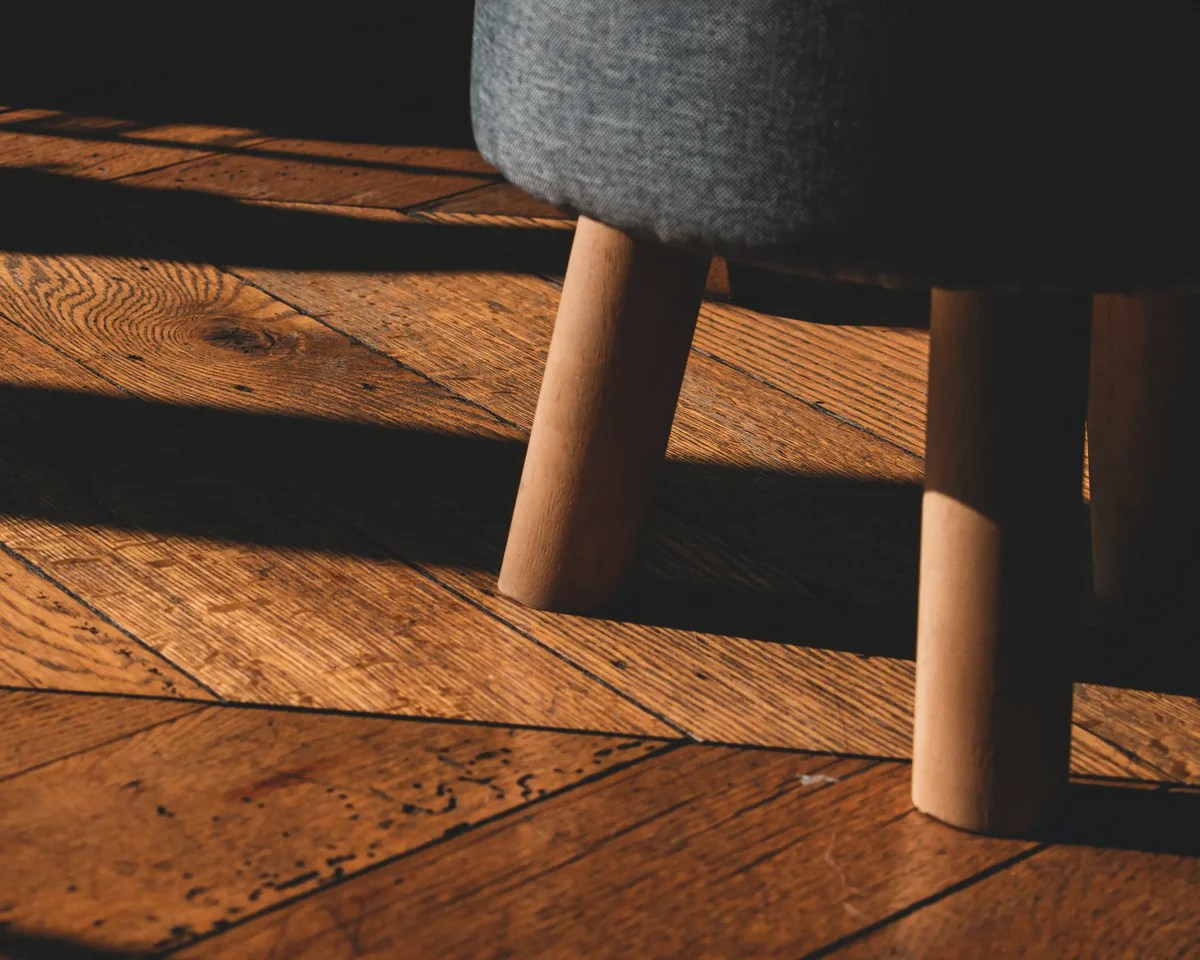What are the benefits of engineered wood flooring? Engineered wood flooring has emerged as a formidable contender in the flooring industry, offering a myriad of advantages that cater to the needs of modern homeowners. Its exceptional durability, stability, and versatility, coupled with its cost-effectiveness, ease of installation, and environmental sustainability, make it a compelling choice for any home.
Engineered wood flooring is meticulously crafted from multiple layers of wood, resulting in a product that is remarkably resistant to wear, scratches, and dents. Unlike traditional hardwood flooring, engineered wood flooring can withstand the rigors of everyday life, making it ideal for high-traffic areas and families with children and pets.
Durability

Engineered wood flooring boasts exceptional durability, far surpassing traditional hardwood flooring. Its multi-layer construction, featuring a core of plywood or high-density fiberboard (HDF), provides remarkable resistance to wear, scratches, and dents.
Resistance to Wear
- The surface layer of engineered wood flooring is typically made of a durable hardwood species, such as oak, maple, or cherry. This layer undergoes rigorous finishing processes, including multiple coats of sealant or urethane, to enhance its resistance to wear and tear.
- The multi-layer construction of engineered wood flooring ensures that wear is distributed evenly across the surface, preventing the formation of deep scratches or gouges.
Resistance to Scratches and Dents
- The dense core of engineered wood flooring provides a solid base that resists scratches and dents caused by everyday use, such as furniture movement or pet claws.
- The surface layer of engineered wood flooring is often treated with scratch-resistant coatings or finishes, further enhancing its ability to withstand scratches and dents.
Stability
Engineered wood flooring exhibits superior stability compared to traditional hardwood flooring, making it less prone to warping, cupping, and buckling. This is attributed to its unique construction, which involves a plywood or high-density fiberboard (HDF) core sandwiched between a thin layer of hardwood veneer on the top and a balancing layer on the bottom.
The plywood or HDF core plays a crucial role in providing dimensional stability to the flooring. Plywood is composed of multiple layers of wood veneers glued together with the grain of adjacent layers perpendicular to each other, creating a cross-laminated structure.
HDF, on the other hand, is an engineered wood product made from wood fibers that are compressed and bonded together under high pressure. Both plywood and HDF are highly resistant to moisture absorption and expansion, which helps to minimize warping and cupping.
Moisture Resistance, What are the benefits of engineered wood flooring
- Engineered wood flooring is less susceptible to moisture absorption due to its plywood or HDF core, which acts as a moisture barrier.
- The cross-laminated structure of plywood prevents moisture from penetrating deeply into the core, while the dense composition of HDF limits water absorption.
Dimensional Stability
- The plywood or HDF core provides dimensional stability to engineered wood flooring, preventing it from expanding or contracting excessively with changes in moisture levels.
- The cross-laminated structure of plywood resists warping and buckling, while the HDF core’s high density ensures minimal expansion and contraction.
Versatility
Engineered wood flooring offers unparalleled versatility, making it suitable for a wide range of applications. Its composition allows for a vast array of species, colors, and finishes, ensuring compatibility with diverse interior design styles.
Moreover, engineered wood’s dimensional stability enables its installation in areas where traditional hardwood flooring may not be feasible. It can be installed in basements, where moisture levels are higher, and over radiant heat systems, providing both warmth and aesthetic appeal.
Wide Range of Species, Colors, and Finishes
Engineered wood flooring comes in a myriad of species, including oak, maple, walnut, and cherry. Each species offers unique characteristics in terms of grain patterns, color variations, and durability.
The staining and finishing processes further expand the design possibilities. Engineered wood can be stained in various shades, from light and airy to deep and dramatic. It can also be finished with different textures, such as smooth, hand-scraped, or distressed, to create a customized look that complements any décor.
Installation Versatility
Engineered wood’s dimensional stability makes it suitable for installation in a variety of locations, including basements and over radiant heat systems.
In basements, where moisture levels can fluctuate, engineered wood’s resistance to moisture expansion and contraction ensures its longevity. Over radiant heat systems, its stability prevents warping or buckling, allowing for a comfortable and stylish flooring solution.
Cost-Effectiveness
Engineered wood flooring is generally more cost-effective than solid hardwood flooring. The core layer of engineered wood is made from less expensive materials, such as plywood or HDF, which reduces the overall cost of the flooring. Additionally, engineered wood flooring is easier to install than solid hardwood flooring, which can save on labor costs.Over time, engineered wood flooring can also save you money on maintenance costs.
Engineered wood flooring is more durable than solid hardwood flooring and is less likely to scratch or dent. It is also more resistant to moisture and humidity, which can help to prevent warping or buckling. As a result, engineered wood flooring may require less frequent repairs or replacements than solid hardwood flooring.
Comparison to Other Flooring Options
Engineered wood flooring is also more cost-effective than many other flooring options, such as tile, carpet, or laminate. Tile and carpet can be more expensive to purchase and install, and they may require more frequent maintenance. Laminate flooring is a less expensive option, but it is not as durable as engineered wood flooring and may not last as long.
Ease of Installation

Engineered wood flooring offers a hassle-free installation process, making it an ideal choice for both DIY enthusiasts and professional contractors. Unlike traditional hardwood flooring, which requires nailing or stapling, engineered wood flooring utilizes innovative click-lock or tongue-and-groove systems that simplify the installation process.
The click-lock system, also known as floating floor installation, involves interlocking planks together without the need for glue or nails. Each plank features a precision-milled tongue and groove that allows for easy alignment and a secure connection. Simply angle the planks and snap them together, creating a seamless and stable floor with minimal effort.
Tongue-and-Groove System
The tongue-and-groove system, on the other hand, requires a bit more effort but still provides a relatively straightforward installation process. Similar to the click-lock system, tongue-and-groove planks feature a tongue on one edge and a groove on the other. The tongue of one plank fits snugly into the groove of the adjacent plank, creating a strong and durable connection.
Both click-lock and tongue-and-groove systems eliminate the need for complicated tools or specialized skills, making engineered wood flooring a versatile option for any home improvement project. Whether you’re a first-time DIYer or a seasoned professional, you can confidently install engineered wood flooring with ease and achieve a stunning and long-lasting result.
In addition to their aesthetic appeal, cedar wood closets offer a myriad of practical benefits. The natural oils emitted by cedar repel insects, making them an effective way to protect clothing from moths and other pests. Furthermore, the aroma of cedar has been shown to promote relaxation and reduce stress, creating a calming atmosphere in the bedroom.
Environmental Sustainability
Engineered wood flooring offers significant environmental benefits, making it an eco-conscious choice for homeowners.
Sustainable Sourcing:Engineered wood flooring manufacturers prioritize the use of sustainably sourced materials. Many companies have adopted responsible forestry practices, ensuring that wood is harvested from well-managed forests where reforestation efforts are implemented.
Incorporating natural elements into our living spaces can have numerous benefits. Dried lavender flowers, for instance, are known for their calming effects ( benefits of dried lavender flowers ), while fresh flowers in the house can boost our mood and productivity ( benefits of fresh flowers in the house ).
Hibiscus flowers, with their vibrant colors, not only add aesthetic appeal but also possess medicinal properties ( health benefit of hibiscus flowers ). Similarly, a cedar wood closet offers practical advantages, such as repelling insects and providing a natural, aromatic scent ( benefits of cedar wood closet ).
Multi-Layer Construction
The multi-layer construction of engineered wood flooring contributes to its environmental sustainability. Unlike solid hardwood flooring, which is made from a single piece of wood, engineered wood flooring consists of multiple layers, including a core layer made from recycled wood or other sustainable materials.
This multi-layer construction reduces waste significantly. By utilizing recycled materials and minimizing the use of solid wood, engineered wood flooring helps preserve natural resources and reduce deforestation.
Health and Safety: What Are The Benefits Of Engineered Wood Flooring
Engineered wood flooring offers significant health and safety benefits, making it an ideal choice for homes and commercial spaces. Its low VOC emissions and hypoallergenic properties contribute to a healthier indoor environment, especially for individuals with allergies or respiratory issues.
Low VOC Emissions
Engineered wood flooring is manufactured with stringent standards that minimize the release of volatile organic compounds (VOCs). VOCs are harmful chemicals that can contribute to indoor air pollution and cause various health problems, including headaches, nausea, and respiratory irritation. The low VOC emissions of engineered wood flooring ensure a healthier indoor environment by reducing the presence of these harmful substances.
Hypoallergenic Properties
Engineered wood flooring is naturally hypoallergenic, making it a suitable choice for people with allergies or asthma. It does not harbor dust, mites, or other allergens that can trigger allergic reactions. The smooth surface of engineered wood flooring prevents the accumulation of these allergens, creating a cleaner and healthier living space.
Maintenance and Care
Engineered wood flooring is renowned for its ease of cleaning and maintenance. Its durable surface resists scratches and stains, making it ideal for high-traffic areas. Regular sweeping or vacuuming effectively removes dust and debris, while occasional damp mopping with a pH-neutral cleaner maintains its pristine appearance.
It’s crucial to use appropriate cleaning products specifically designed for engineered wood flooring to avoid damaging the finish. Avoid harsh chemicals, abrasive cleaners, or excessive moisture, as these can compromise the integrity of the flooring.
Recommended Cleaning Methods
- Sweeping or Vacuuming:Regular sweeping or vacuuming removes loose dirt, dust, and debris, preventing scratches and wear.
- Damp Mopping:For a deeper clean, use a damp mop with a pH-neutral cleaner specifically formulated for engineered wood flooring. Avoid using excessive water, as moisture can penetrate the flooring and cause damage.
Closure
In conclusion, engineered wood flooring presents a winning combination of durability, versatility, cost-effectiveness, and environmental sustainability. Its resistance to wear, stability, and ease of installation make it a practical and long-lasting choice for any home. Moreover, its wide range of species, colors, and finishes ensures that it can complement any décor, while its low VOC emissions and hypoallergenic properties contribute to a healthier indoor environment.
By opting for engineered wood flooring, homeowners can enjoy the beauty and warmth of natural wood without compromising on durability, versatility, or environmental consciousness.
FAQ Summary
Is engineered wood flooring waterproof?
While engineered wood flooring offers improved moisture resistance compared to solid hardwood flooring, it is not waterproof. It can withstand occasional spills and moisture, but prolonged exposure to water can damage the flooring.
Can engineered wood flooring be refinished?
Yes, engineered wood flooring can be refinished multiple times, depending on the thickness of the wear layer. This allows homeowners to refresh the appearance of their flooring and extend its lifespan.
Is engineered wood flooring suitable for radiant heat systems?
Yes, engineered wood flooring is compatible with radiant heat systems. Its dimensional stability ensures that it will not warp or buckle due to temperature fluctuations.

